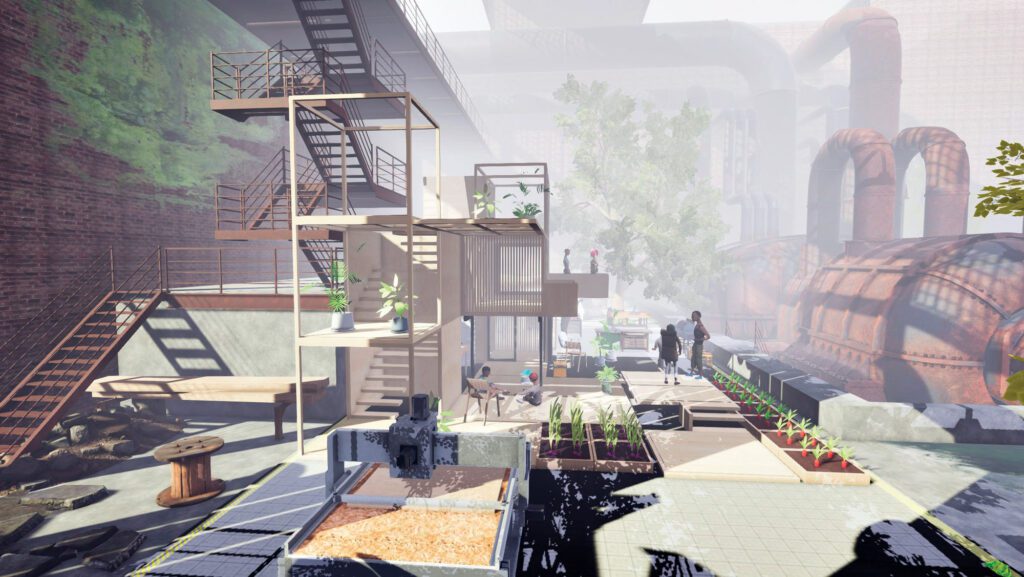The creation of a captivating game world is a crucial aspect of game design. It enhances the gaming experience, immerses players in the game’s world, and communicates the game’s central idea. A game environment should be richly detailed, filled with interesting landmarks and have a sense of purpose in the game world. Graphics engines like Unreal Engine, CryEngine and Unity have made it possible to render photorealistic environments that are immersive. Procedural generation techniques have also enabled developers to create vast game worlds. Creating a compelling game environment requires significant time and resources, but it captivates audiences and makes the game feel authentic.
Building Better Worlds: The Art of Creating Compelling Environments and Landscapes in Games
Introduction
Games have come a long way since their inception. Today, they are incredibly sophisticated and complex creatures, requiring a team of dedicated professionals to bring them to life. One of the critical aspects of creating a captivating game is crafting a world that feels authentic, immersive and complements the game’s narrative. For this reason, developers must invest significant time and resources into creating a compelling environment that transports players into the game’s world.
The Importance of Environment in Game Design
Creating a game environment is a crucial aspect of game design. It plays a vital role in enhancing the player’s experience, communicating the game’s central idea, and immersing the player in the game’s world. A game environment can inspire players to explore their surroundings, which increases engagement and gives them a sense of ownership in the game world. If the environment is dull or uninspiring, it can lead to the player losing interest and abandoning the game altogether.
Creating a Game Environment
Creating a game environment is a multi-stage process that involves artists, designers, programmers, and writers collaborating to bring the world to life. It typically starts with the game’s narrative, which provides the guiding force behind the game’s environment. The story helps to create a game world that is coherent, logical, and immersive. The design team can then build on this foundation to develop artwork and concepts that capture the game’s essence.
The design team must also pay close attention to the details of the environment. From the layout of the terrain to the placement of environmental elements like trees, rocks, and buildings, every detail makes a significant contribution to the player’s sense of immersion. A good game environment should be richly detailed, filled with interesting landmarks, and have a sense of purpose in the game world.
The Role of Technology in Creating Game Environments
Advancements in technology have significantly impacted game design, making it possible to create more detailed, realistic and expansive game environments. Graphics engines like Unreal Engine, CryEngine and Unity have made it possible to render photorealistic environments that are captivating and immersive. The use of procedural generation techniques has also made it possible to create vast game worlds that are larger than ever before.
Conclusion
Creating a compelling game environment is a critical aspect of game design. It plays a vital role in immersing the player in the game world, enhancing the player’s experience, and communicating the game’s central idea. Developers must invest significant time and resources into creating game environments that are richly detailed, authentic, and immersive. With the right tools and techniques, developers can create game worlds that captivate audiences and transport them into a world that feels authentic and real.
